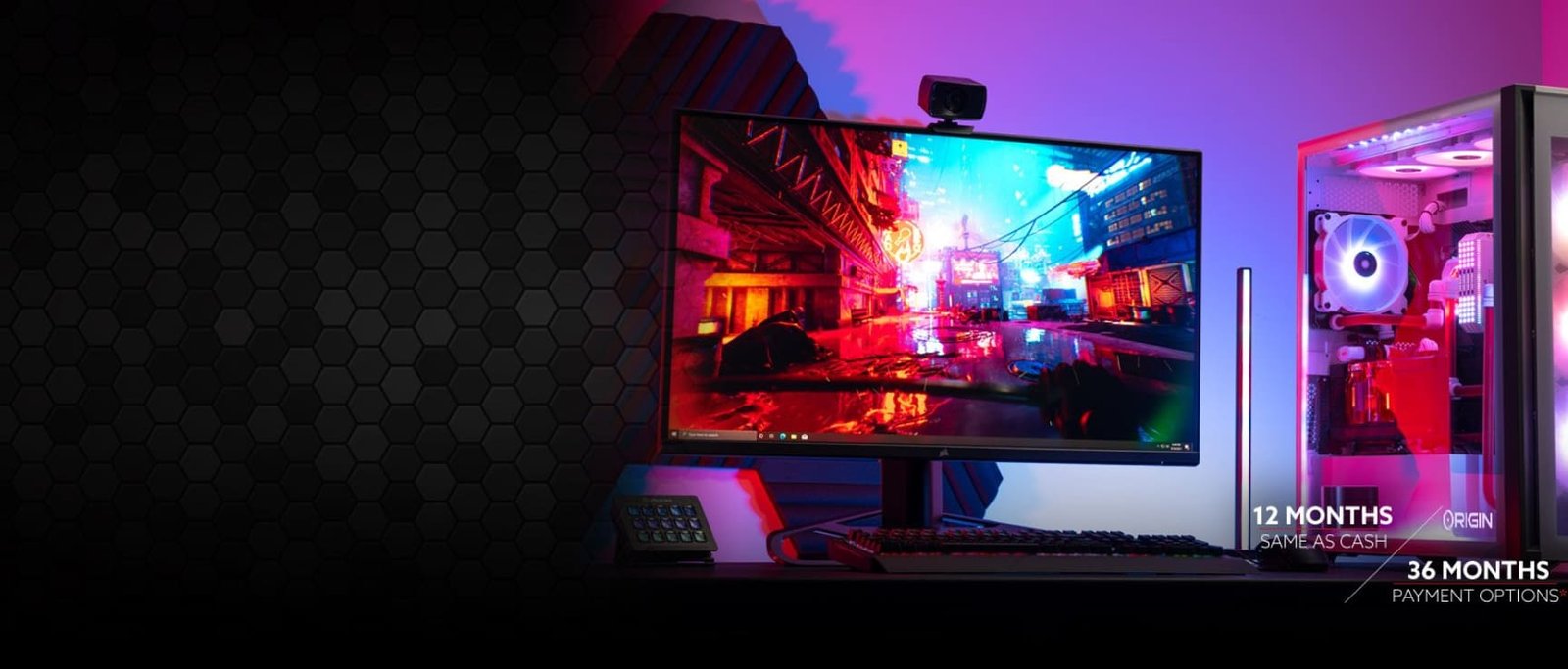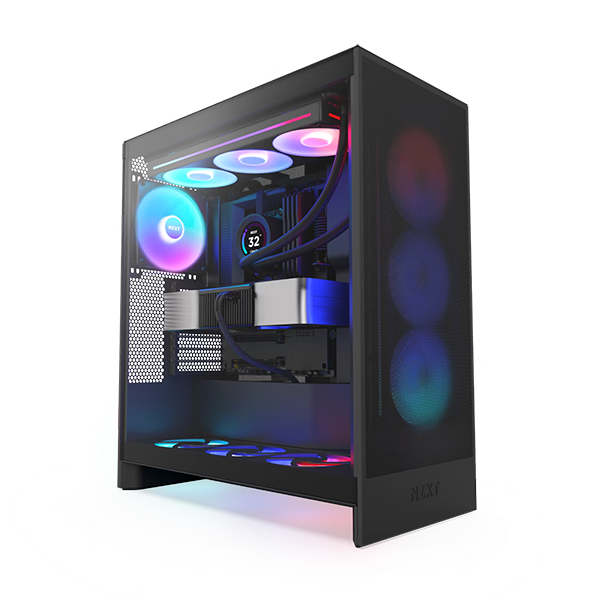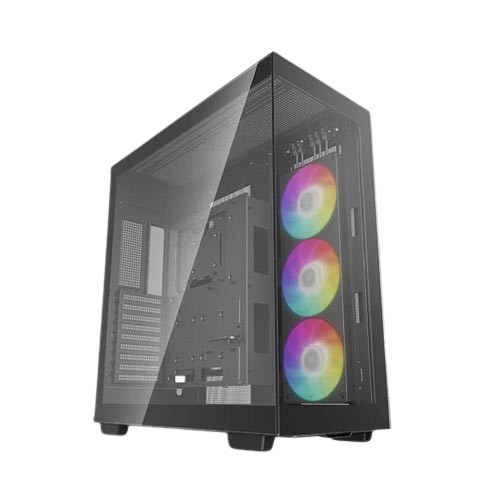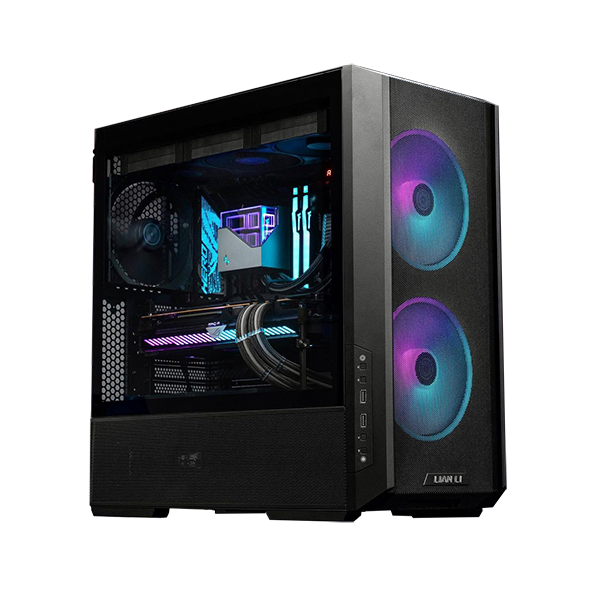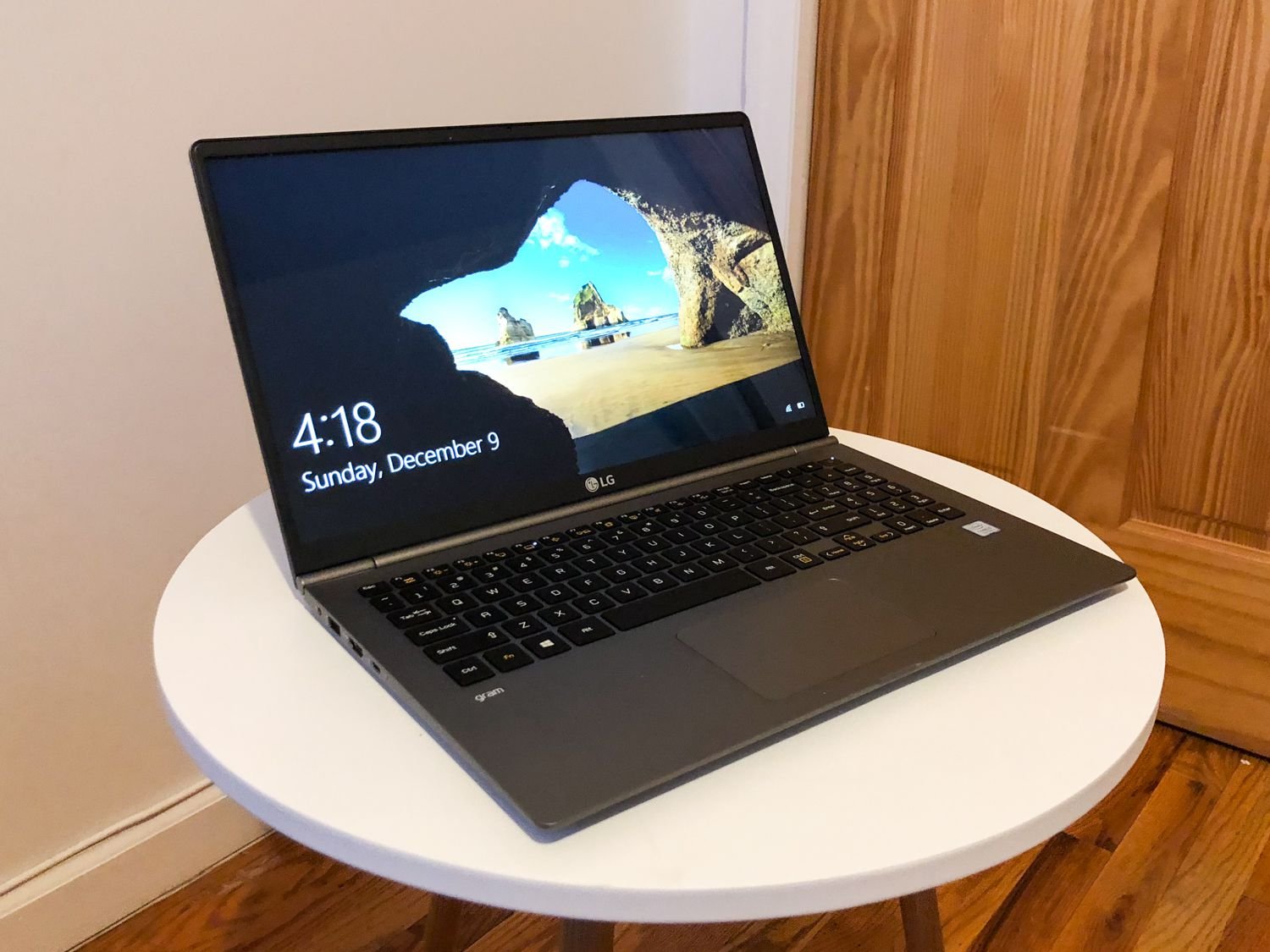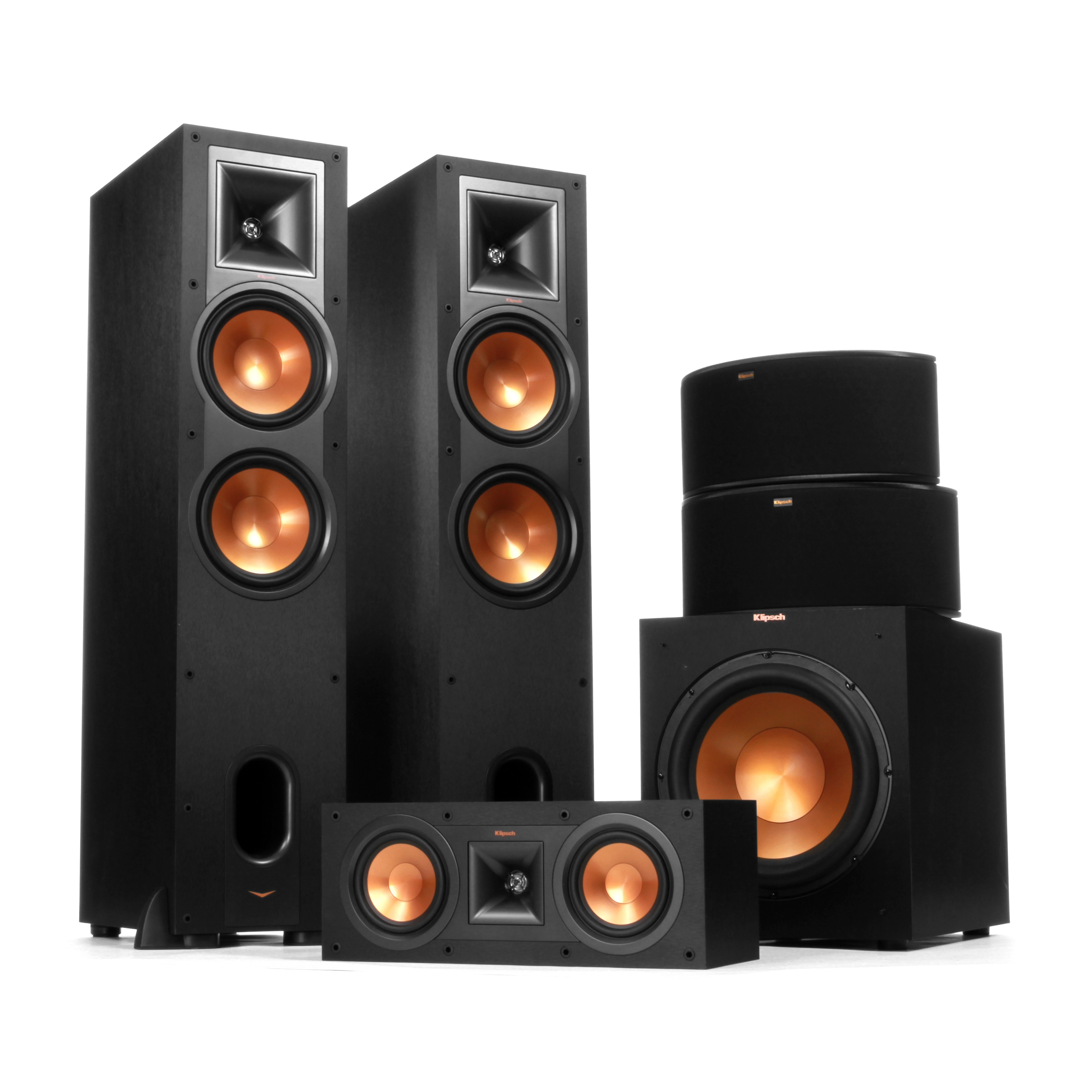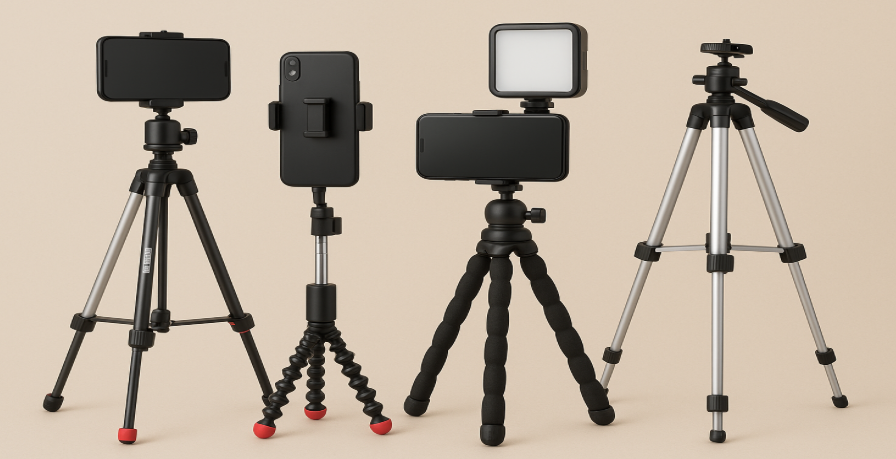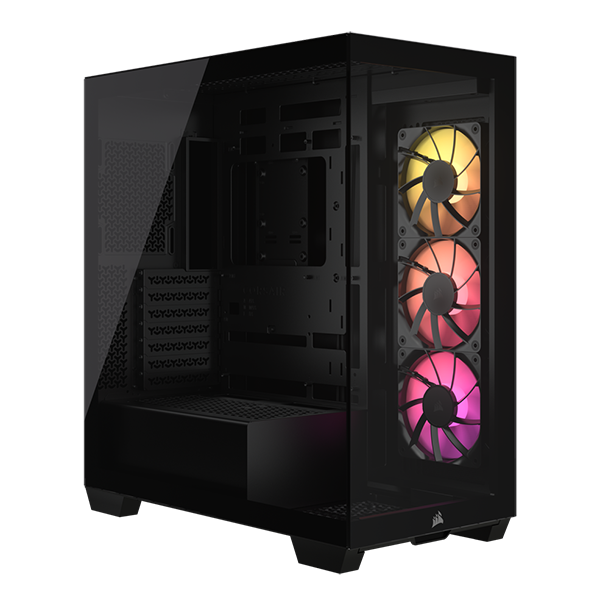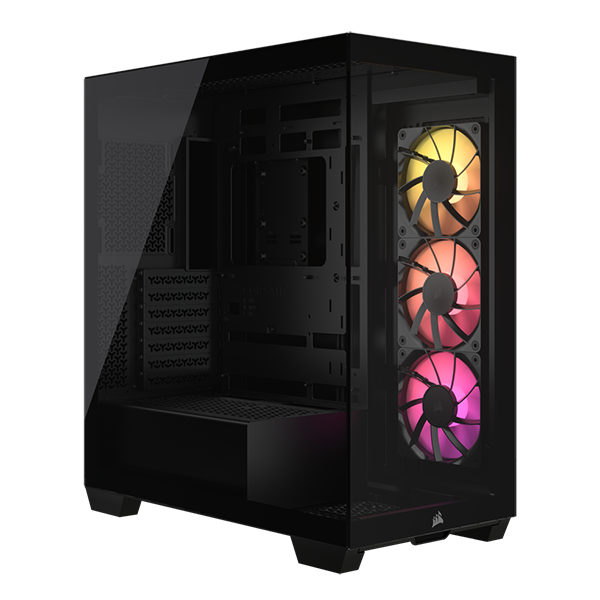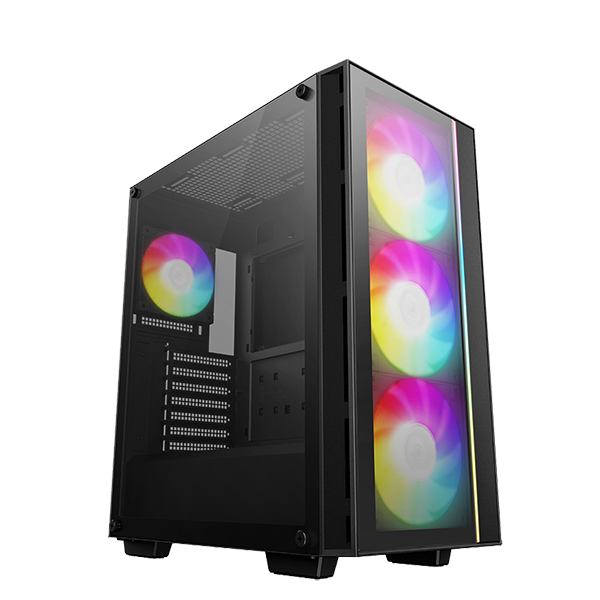Gaming has rapidly evolved from a recreational pastime to a full-fledged career path and global phenomenon. Whether you're immersing yourself in high-stakes battle royales or streaming content to a loyal audience, one thing remains constant: your PC is the foundation of your performance. In this exhaustive guide, we break down the Best PC Computers for Gaming by budget, user need, genre specialization, and upgrade flexibility—equipping you with everything needed to make a smart purchase in 2025 and beyond.
Why Choosing the Right Gaming PC Matters
Your gaming PC is more than just a machine—it's the core of your digital universe. Whether you're fragging opponents in fast-paced FPS titles, live-streaming on Twitch or YouTube, or crafting immersive open worlds in development environments like Unreal Engine or Unity, the PC you choose directly influences your performance, productivity, and enjoyment.
Let’s dive deeper into the key reasons why making the right choice matters:
Frame Rate Consistency
A powerful PC maintains high and stable frame rates, reducing screen tearing, stuttering, and input lag. This is especially critical in competitive esports titles like Valorant, Apex Legends, or CS:GO, where every millisecond counts. A smooth frame rate translates to smoother gameplay and faster reaction times, giving you a true competitive edge.
Graphics Fidelity
Ultra-realistic lighting, ray tracing, high-resolution textures, and detailed environments are only achievable with a strong GPU and enough system memory. Choosing a gaming PC that supports modern graphics standards ensures your games look stunning and immersive. Whether you’re playing God of War or Red Dead Redemption 2, graphical fidelity transforms the experience from good to breathtaking.
Game Load Time
Gone are the days of waiting minutes for a game to load. Thanks to SSDs (especially NVMe drives), boot times and game load screens are drastically reduced. A fast CPU combined with an SSD ensures near-instant game launches, fast scene transitions, and smoother asset loading—critical for open-world or story-driven games like The Witcher 3 or Elden Ring.
Multitasking Capabilities
Modern gaming PCs allow you to do much more than game. You can stream live gameplay, record high-quality footage, voice chat with teammates, and run background apps like Spotify or Discord—all simultaneously. Multitasking efficiently requires a balance of CPU cores/threads, RAM capacity, and GPU resources. The right configuration ensures nothing crashes or lags mid-session.
Component Lifecycle & Upgrade Path
When you invest in a gaming PC, you're also investing in its longevity. A well-chosen build with a powerful PSU, future-proof motherboard, and expandable memory ensures you can upgrade your GPU, add storage, or boost RAM without replacing the whole system. This saves money in the long run and keeps you up to date with evolving game requirements.
Bonus Insight: Matching PC Specs to Gaming Style
- Casual Gamer? Focus on balanced performance with upgradability.
- Streamer or Content Creator? Prioritize a multi-core CPU and high RAM.
- Pro-Level Gamer? Aim for top-tier GPUs, 144Hz+ monitors, and Gen 4 SSDs.
Choosing the right gaming PC isn’t just about power—it’s about aligning your machine with your gaming habits, creative pursuits, and future goals. A thoughtful investment now pays off in smoother gameplay, creative efficiency, and a system that evolves as you do.
Fun Fact:
NASA once used PlayStation processors in its satellites. That’s how powerful consumer gaming hardware has become!
Today’s high-end gaming PCs can outperform early supercomputers—boasting 64GB+ RAM, 16-core CPUs, and terabytes of NVMe SSDs. And unlike gaming consoles, your PC can evolve with you.
Budget Segments for Gaming PCs
Let’s categorize gaming computers based on budget to better align with different types of gamers. Whether you’re a college student, a working professional, or a streaming entrepreneur—there’s something here for you.

|
Budget Category
|
Ideal For
|
Starting Price (INR)
|
|
Entry-Level (Under ₹50,000)
|
Beginners, Students, Hobbyists
|
₹35,000 – ₹50,000
|
|
Mid-Range (₹50,000–₹80,000)
|
Regular Gamers, Part-Time Streamers
|
₹50,000 – ₹80,000
|
|
High-End (₹80,000–₹1.2L)
|
Semi-Pros, Full-Time Gamers
|
₹80,000 – ₹1,20,000
|
|
Enthusiast/Pro (₹1.2L+)
|
Full-Time Creators, 4K Streamers
|
₹1,20,000+
|
Entry-Level Gaming PCs (Under ₹50,000)
Who Is It For?
Entry-level gaming PCs are ideal for beginners, students, and casual gamers who want to dip their toes into the world of PC gaming without breaking the bank. These setups can easily handle lightweight games and popular esports titles such as Valorant, Fortnite, CS:GO, and Minecraft. They are also a great choice for those who want a basic machine for both gaming and everyday use like studying, browsing, and light content creation.
If you're just starting your gaming journey or buying your first gaming PC, this category offers excellent value for money. It teaches you the ropes of hardware compatibility, settings optimization, and allows you to upgrade individual parts over time.
Recommended Specifications
To ensure smooth performance at this budget, here’s what your system should ideally include:
- CPU (Processor): Intel Core i3 12th Gen / AMD Ryzen 3 5300G
- GPU (Graphics): Integrated Vega Graphics or NVIDIA GTX 1050 Ti (used or refurbished options)
- RAM: 8GB DDR4 (expandable to 16GB)
- Storage: 256GB – 512GB SSD (NVMe preferred over SATA)
- Motherboard: A320 / B450 Chipset with basic VRM support
- Power Supply Unit: Minimum 450W Bronze Rated
- Cabinet: With front mesh and at least one exhaust fan for airflow
Real-World Performance Benchmarks
Even with modest hardware, these PCs can offer decent frame rates for popular titles. Here’s what you can expect:
|
Game Title
|
Preset Settings
|
Avg. FPS (1080p)
|
|
Valorant
|
Medium
|
100–120 FPS
|
|
Fortnite
|
Low-Medium
|
60–70 FPS
|
|
CS:GO
|
Medium
|
90–100 FPS
|
|
League of Legends
|
High
|
120+ FPS
|
|
Minecraft
|
Medium-High
|
80–100 FPS
|
You may need to tweak settings, disable background apps, and use game optimizers like GeForce Experience or AMD Adrenalin to maintain consistent performance.
Sample Build Recommendation
From our trusted lineup at Digibuggy, here’s a sample configuration that fits under ₹50,000:
BuzzStarter Gaming PC
- AMD Ryzen 3 5300G APU (CPU + Vega 6 GPU)
- 8GB DDR4 RAM @ 3200 MHz
- 512GB NVMe SSD
- B450M Motherboard
- 450W PSU
- Mid-Tower Cabinet with RGB strip & exhaust fan
This build allows smooth gameplay for lightweight and competitive games while leaving room for future upgrades like adding a dedicated GPU or increasing RAM to 16GB.
Pro Tips for Entry-Level Gamers
- Choose an APU (like Ryzen 3 5300G): It saves you from buying a GPU initially and delivers playable performance.
- Prioritize SSD Boot Drives: A 256GB or 512GB NVMe SSD drastically improves boot time, game load speeds, and system responsiveness.
- Use Dual-Channel RAM: Two 4GB sticks perform better than one 8GB stick in integrated GPU systems.
- Select a Cabinet with Good Airflow: Avoid closed designs. Mesh panels and exhaust fans improve cooling and performance.
- Stick to 720p or 900p Gaming if Needed: Dropping resolution helps boost FPS in demanding titles.
- Plan Upgrades Over Time: Once you’re ready, you can add a GTX 1650 GPU or upgrade to 16GB RAM for a big jump in performance.
Bonus Insights: Why This Tier Still Matters
Entry-level PCs are also great for retro gaming, emulators, and creative learners. If you're a student interested in learning game development or animation, even this configuration supports software like Blender, Unity (light projects), and Photoshop to some extent.
They're also ideal for family or multi-purpose home PCs—doubling as a workstation for parents and a game rig for kids.
Explore More:
Find affordable entry-level PCs like the BuzzStarter Gaming PC on Digibuggy, where you get:
- Optimized configuration
- Build warranty & support
- Upgrade options with compatible parts
A smart entry-level gaming PC gives you a strong foundation—performance today, upgrade potential tomorrow.
Mid-Range Gaming PCs (₹50,000 – ₹80,000)
Who Is It For?
Balanced machines for gamers who play recent AAA games on medium to high settings, and occasionally stream.
Recommended Specs:
- CPU: Intel i5 12400F / Ryzen 5 5600X
- GPU: GTX 1660 Super / AMD RX 6500 XT
- RAM: 16GB DDR4 (Dual Channel)
- Storage: 512GB SSD + 1TB HDD
- Cooling: Stock or aftermarket air coolers
Chart: Gaming Performance Comparison
|
Game Title
|
Entry-Level FPS
|
Mid-Range FPS
|
|
Cyberpunk 2077
|
Unplayable
|
50–60 (Medium)
|
|
GTA V
|
45–60
|
80–100
|
|
Call of Duty: Warzone
|
40
|
75+
|
Government Support:
Pro Tips:
- Invest in a 650W bronze PSU if planning future GPU upgrades.
- Avoid micro-ATX boards if planning for multi-GPU in the future.
High-End Gaming PCs (₹80,000 – ₹1,20,000)
Who Is It For?
These high-end machines are crafted for serious gamers, content creators, and streamers who demand consistent frame rates, fast multitasking, and immersive visuals. Whether you're competing in ranked matches, streaming to an online audience, or editing gameplay footage for YouTube, these systems deliver exceptional performance at 1080p ultra or even 1440p with ray tracing enabled.
Ideal users include:
- Competitive gamers in esports titles
- Twitch/YouTube streamers running OBS and game simultaneously
- Video editors and graphic designers using Adobe Suite, DaVinci Resolve, etc.
Recommended Specs:
These components ensure future-proof builds and support for the latest AAA games:
- CPU: Intel i7 13700K / AMD Ryzen 7 7700X
- GPU: NVIDIA RTX 3060 Ti / AMD RX 6750 XT
- RAM: 32GB DDR4 or DDR5 (6000 MHz or higher)
- Storage: 1TB NVMe Gen 4 SSD (plus 2TB HDD for media storage)
- Motherboard: B650/X670 (AMD) or Z790 (Intel) with PCIe Gen 5 support
- Cooling: Premium Tower Air Cooler or 240mm AIO Liquid Cooling
Benchmark Examples (1080p Ultra Settings)
|
Game Title
|
FPS (RTX 3060 Ti)
|
FPS (RX 6750 XT)
|
|
Call of Duty: Warzone
|
120+
|
135+
|
|
Assassin’s Creed Valhalla
|
95+
|
110+
|
|
Red Dead Redemption 2
|
85+
|
100+
|
Game Genre vs Hardware Matrix
|
Genre
|
Recommended Setup
|
|
FPS Shooters
|
240Hz Monitor + RTX 3060 Ti + i7 CPU
|
|
Racing Simulators
|
G-Sync Display + Ryzen 7 + DDR5 RAM
|
|
MMORPGs
|
32GB RAM + SSD + High Thread-Count CPU
|
|
Strategy/Sim Games
|
CPU-Centric Setup with Fast SSD + 32GB RAM
|
Linked Product
Visit the Buzz Blaster i7 + RTX 4070 model—our bestseller for seamless 1440p gameplay, productivity, and future GPU expansion. It’s tuned for creators and gamers who need fast responsiveness.
Expandability & Upgrades
- Add a second NVMe SSD for games-only storage
- Upgrade to 64GB RAM for workstation-level workflows
- PCIe 5.0 slot ready for RTX 5000 Series or Radeon 8000 Series
- Support for WiFi 6E and Bluetooth 5.3 for low-latency multiplayer sessions
Pro Tips:
- Always choose NVMe Gen 4 drives over SATA for 5x read/write speeds. Especially helpful when loading open-world textures or editing raw 4K footage.
- Consider pairing your GPU with a 1440p 165Hz IPS display for the perfect balance between high refresh and color accuracy.
- If your cabinet has limited airflow, invest in premium case fans (Noctua/Arctic) or vertical GPU mounts for better thermal efficiency.
Why This Tier Is a Smart Long-Term Investment
High-end systems are more than luxury—they’re cost-effective long-term solutions. You’ll:
- Skip at least 3 GPU upgrade cycles
- Save rendering time (important for streamers/editors)
- Access features like ray tracing, DLSS 3.0, and AV1 encoding
- Achieve 90–120 FPS in every modern title with zero compromise
If you're serious about performance and want a rig that won't bottleneck anytime soon, this is the tier to aim for.
Explore more high-end gaming PC options on Digibuggy.com and discover pre-configured systems optimized for your gaming genre, workload, and performance expectations.
Enthusiast/Pro Gaming PCs (₹1.2L+)
Who Is It For?
These machines are crafted for power users—gamers, streamers, video editors, 3D animators, architects, developers, and content creators who need uncompromised performance. If you're running intensive games at 4K resolution while simultaneously streaming or rendering complex 3D scenes in Blender, this is your zone. Think of it as the Ferrari of gaming PCs—built for speed, precision, and raw horsepower.
Whether you're editing 4K footage in Adobe Premiere Pro, building real-time worlds in Unreal Engine 5, or running 12 Chrome tabs alongside a live Twitch stream, you’ll want a setup that keeps up without lag or thermal throttling.
Ultimate Specs:
- CPU: Intel i9 14900K / AMD Ryzen 9 7950X (16-core, 32-thread processors for maximum multitasking and encoding speed)
- GPU: NVIDIA RTX 4080 / 4090 (for real-time ray tracing and 4K+ gaming)
- RAM: 64GB DDR5 (6400 MHz or above for heavy multitasking and rendering)
- Storage: 2TB NVMe Gen 4 SSD (OS + apps) + 4TB HDD (media/archive)
- Motherboard: Premium chipsets like X670E (AMD) / Z790 (Intel) with PCIe Gen 5 and WiFi 6E
- Cooling: 360mm AIO liquid cooler or custom loop with hard tubing and RGB sync
- Power Supply: 1000W+ Modular PSU (80+ Gold or Platinum Certified)
- Case: Full tower cabinet with support for E-ATX boards and superior airflow
Advanced Workflow Comparison Table
|
Task
|
High-End Build (i7/RTX 4070)
|
Pro Build (i9/RTX 4090)
|
|
4K Video Editing (10 min)
|
11–13 minutes
|
5–7 minutes
|
|
Live Streaming + Overlays
|
Smooth + OBS
|
Seamless + 4K Broadcast Cap.
|
|
Blender 3D Scene Rendering
|
Efficient
|
Real-Time Preview Possible
|
|
Unreal Engine 5 Compilation
|
~45 minutes
|
~22–25 minutes
|
|
Adobe After Effects Preview
|
Few Seconds Delay
|
Instant, Real-Time Workflow
|
Future-Proofing Elements:
- PCIe Gen 5 GPU support (ideal for next-gen RTX 5000 series)
- DDR5 RAM slots up to 192GB supported
- USB 4 and Thunderbolt ports for rapid data exchange
- BIOS flashback buttons for long-term CPU upgrade capability
Pro Tips:
- Choose a platinum-rated PSU to ensure maximum efficiency under load.
- Custom loop cooling systems not only look stunning but deliver up to 10–15°C better thermals under full load.
- Prefer vertical GPU mounts if your case supports it—better thermals, stunning aesthetics.
- Use thermal sensors and custom fan curves via BIOS or software for intelligent cooling.
- Plan a dual-monitor setup (or even triple) for multitasking, especially for streamers and content creators.
Don’t Forget the Accessories
A powerful rig is incomplete without peripherals that can match its performance and aesthetics. The right accessories will enhance your gameplay precision, comfort, and immersion.
|
Peripheral
|
Must-Have Feature
|
|
Monitor
|
27–32" 4K UHD / 144Hz+ / IPS Panel / G-Sync/FreeSync
|
|
Keyboard
|
Full-size mechanical with hot-swappable switches & RGB
|
|
Gaming Mouse
|
12K+ DPI / Adjustable weights / Side macros
|
|
Headphones
|
7.1 Surround Sound / Detachable Mic / ANC
|
|
Controller
|
Xbox Elite / DualSense with haptics
|
|
Webcam
|
1080p or 4K with ring light for streamers
|
|
Microphone
|
Condenser Mic with Boom Arm & Pop Filter
|
Bonus Add-Ons:
- Smart RGB Sync Systems: Integrate motherboard and accessories for dynamic lighting.
- Desk-mounted USB hubs to simplify cable management.
- VR headset compatibility with SteamVR or Oculus Link setups.
- Ergonomic chairs with lumbar and neck support for long sessions.
🎉 Fun Add-On: LED light strips and ambient sound-reactive lighting are now Alexa or Google Assistant compatible—creating a dynamic mood-based experience!
A top-tier gaming PC isn’t just about high frame rates—it’s about an elite user experience across play, productivity, and presentation. Whether you're creating content or conquering competitive arenas, your Enthusiast/Pro rig is your ultimate weapon.
👉 Explore enthusiast-grade models on Digibuggy to start building your dream machine today.
Don’t Forget the Accessories
|
Peripheral
|
Must-Have Feature
|
|
Monitor
|
144Hz refresh + 1ms response
|
|
Keyboard
|
Tactile Mechanical + RGB
|
|
Gaming Mouse
|
Custom DPI + Extra Macro Buttons
|
|
Headphones
|
Noise Cancellation + 7.1 Virtual Sound
|
|
Controller
|
Xbox/PS Style (For select titles)
|
Fun Add-On: LED light strips and headphone stands now come with smart RGB sync for immersive gaming ambiance.
How to Make Your Build Future-Proof
- Use PCIe Gen 5-ready motherboards.
- Ensure BIOS upgradability for future CPUs.
- Select dual or triple fan GPUs for long-term thermal safety.
- Use tools like PCPartPicker to check part compatibility.
- Maintain clean cable management for better airflow and diagnostics.
Most Common Questions: Best PC Computers for Gaming
Q1: How do I know my PC is upgradeable?
Check your PSU wattage, available RAM slots, and PCIe lanes.
Q2: Is prebuilt better than custom in 2025?
Yes, if you’re not tech-savvy. Digibuggy offers optimized and warranty-backed builds.
Q3: What’s the most important gaming component?
Your GPU and CPU combo matter the most for FPS.
Q4: How often should I upgrade?
Mid-range builds last 4–5 years. High-end builds push 6–7 years with minor upgrades.
Q5: What’s a good PSU wattage for future-proofing?
650W for mid-range, 850W+ for enthusiast builds.
Final Thoughts: Your Gaming Journey Begins Now
Finding the best PC computer for gaming is not about splurging—it’s about aligning your needs with smart choices. With this guide, you’re now equipped to:
- Pick components with confidence
- Avoid bottlenecks and thermal issues
- Build for now and tomorrow
Whether you’re looking to grind competitive leaderboards, start a YouTube channel, or just escape into epic worlds, the right PC makes all the difference.
👉 Visit Digibuggy.com for high-quality, tested, and future-ready gaming rigs.
Explore. Play. Dominate.
💥 Check out our Buzz Blaster Series or explore more tech insights on our blog section.

